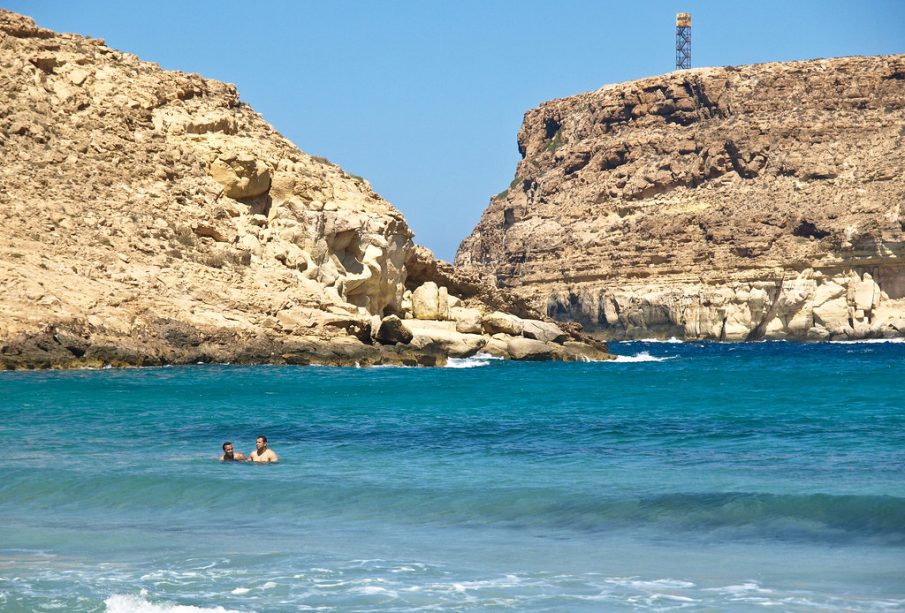Understanding the Current Situation in Libya

Introduction
Libya is a North African nation that has been in the spotlight due to its tumultuous history and ongoing conflicts. Since the fall of Muammar Gaddafi in 2011, the country has faced instability, which has been exacerbated by civil wars, foreign interventions, and humanitarian crises. In 2023, the situation remains critical as various factions vie for power, making understanding Libya’s dynamics particularly relevant for policymakers, international organisations, and citizens worldwide.
Current Political Landscape
As of 2023, Libya is divided primarily between the eastern-based Libyan National Army (LNA), led by Khalifa Haftar, and the Government of National Unity (GNU) in the west, which operates from Tripoli under Prime Minister Abdul Hamid Dbeibah. Despite a ceasefire agreement reached in October 2020, the peace process has been shaky, with frequent clashes and political deadlock. Recent developments have seen the GNU struggle to maintain authority amid persistent calls for elections originally slated for December 2021. These delays have heightened tensions and prompted public protests demanding stability and governance reforms.
Humanitarian Impact
The prolonged instability in Libya has led to dire humanitarian consequences. The United Nations reports that over 1.5 million Libyans are in need of assistance, with many struggling to access basic services like healthcare, education, and safety. Economic degradation and unemployment also contribute to the worsening living conditions. Furthermore, the ongoing violence and fragmentation of authority have exacerbated the situation of refugees and displaced persons, complicating humanitarian aid efforts.
International Involvement
The international response to the crisis in Libya has been multifaceted. The UN has been actively mediating talks to restore political order, while countries like Turkey, Russia, and Egypt have each supported different factions, complicating the internal dynamics. The presence of mercenaries and foreign troops has raised concerns regarding Libya’s sovereignty and long-term stability, making it a focal point for international diplomacy and conflict mediation.
Conclusion
The situation in Libya remains precarious as 2023 progresses. With various factions clashing for control and a political stalemate impeding electoral processes, the road to stability appears fraught with challenges. For readers, understanding Libya’s complex landscape is crucial, as the consequences of its conflicts extend beyond its borders. The international community must continue to engage constructively to foster dialogue and support initiatives aimed at peace and reconstruction, ensuring that Libya can emerge from its past and work towards a harmonious future.






